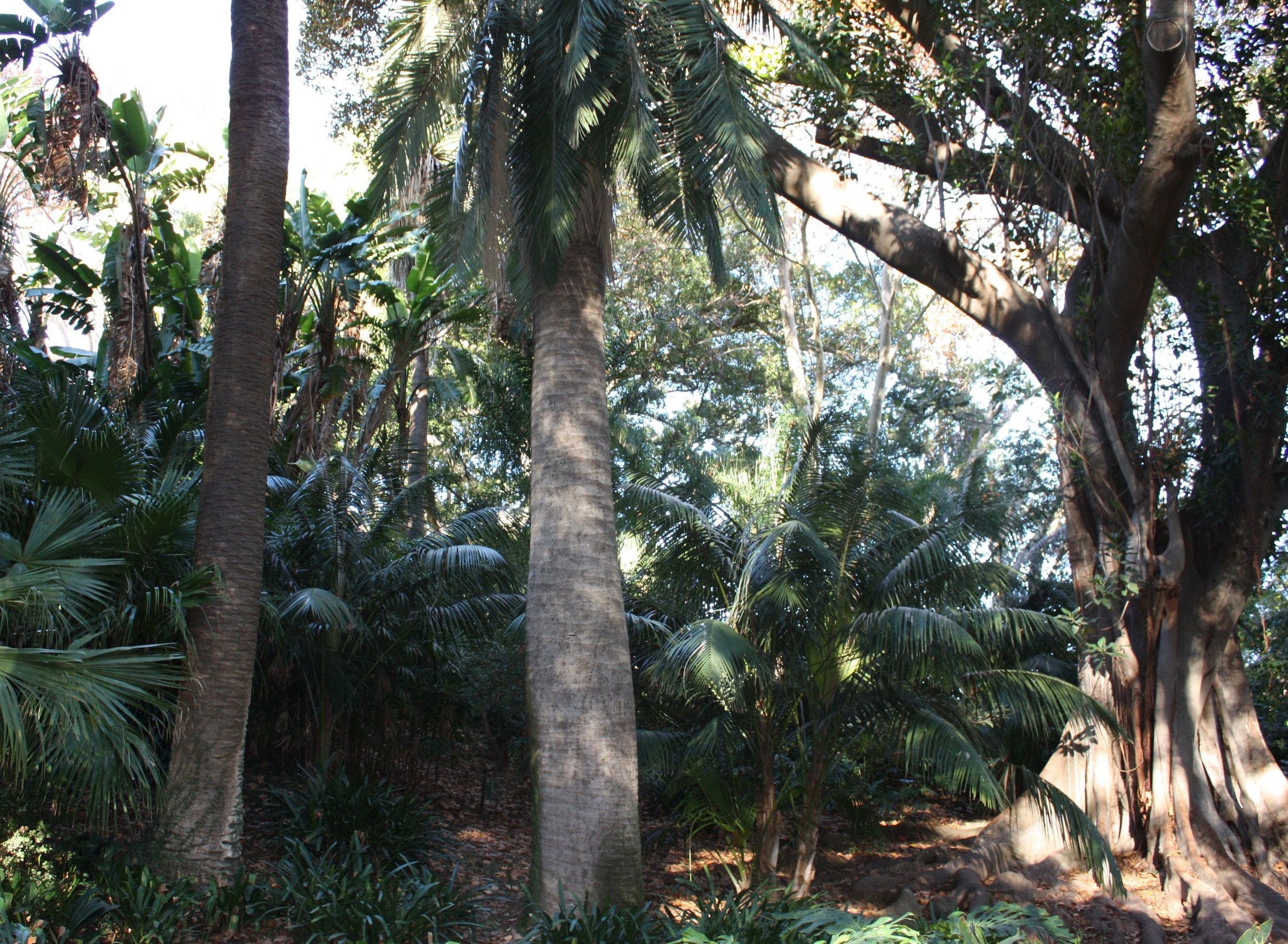The Chilean wine palm
At the end of the 19th-century romantic bridge, in the heart of the Historical Garden, stands a palm tree known scientifically as Jubaea chilensis. Originally from Chile, as its name suggests, it was brought to Europe in 1843. In its country of origin, it is known as both the wine palm and the honey palm, as when an incision is made in its trunk, a sugary liquid springs forth that can be boiled to produce a honey-like substance; when fermented, this in turn becomes an alcoholic beverage. As a result, the tree has suffered extensive abuse at human hands and is now officially protected. Its presence and beauty make it the ideal adornment for large gardens. Its dates are edible, its leaves have been used for centuries to build dwellings, its fibres to manufacture paper and its seeds to make a multitude of hand-crafted items. For this reason, the tree is also known popularly as the palm of abundance.
This specimen, whose perimeter measures almost three and a half metres, is one of the finest in Spain.
Interesting fact: the Chilean wine palm can live for up to 500 years. Adult specimens have been known to recover from fires and live through both freezing and drought conditions.


